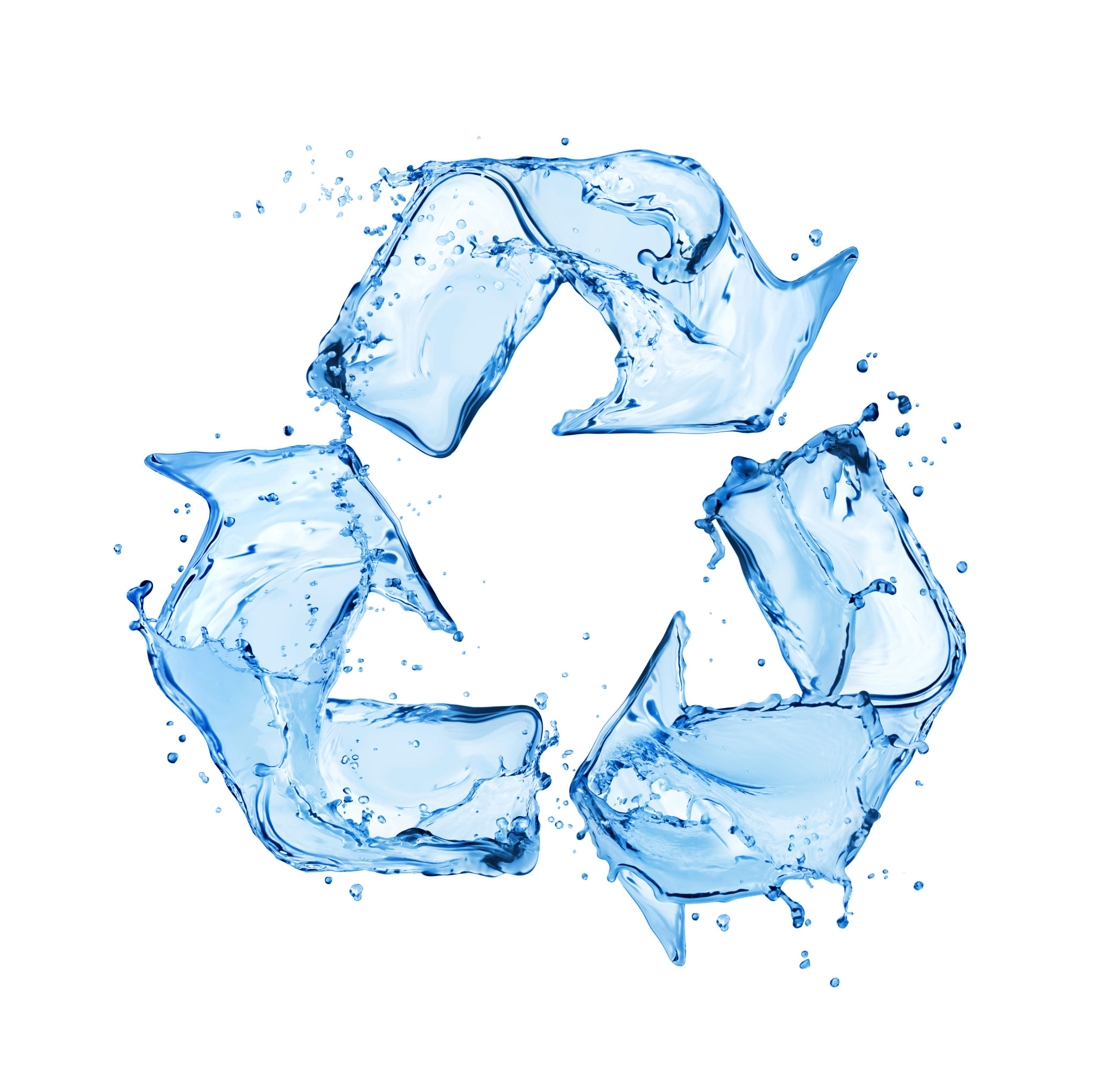Mastering Lunar Colony Strategies: Tips for Efficient Resource Management
Understanding the Unique Challenges of Lunar Resource Management
Establishing a successful lunar colony requires a deep understanding of the unique challenges associated with resource management on the Moon. Unlike Earth, the Moon lacks readily available resources such as water and air, necessitating innovative strategies to ensure sustainability. The harsh environment, including temperature extremes and lack of atmosphere, further complicates resource gathering and utilization.
To thrive in this setting, lunar colonies must adopt efficient and innovative strategies for resource management. This involves not only making the most of what is available but also employing advanced technologies to minimize waste and maximize efficiency.

Resource Identification and Utilization
One of the first steps in mastering lunar colony strategies is identifying the resources that can be utilized. This includes everything from regolith (moon soil) for construction to potential water ice deposits at the poles. Understanding these resources allows for strategic planning and ensures that colonies can sustain themselves over time.
Innovative technologies such as in-situ resource utilization (ISRU) play a crucial role in converting lunar materials into usable resources. For instance, extracting oxygen from regolith or using solar energy to power various operations are vital strategies for reducing dependency on Earth supplies.
Leveraging Advanced Technologies
Advanced technologies are essential for efficient resource management on the Moon. Automation, robotics, and AI can significantly enhance the efficiency of resource extraction and processing. By deploying autonomous robots, colonies can conduct continuous mining operations, reducing human labor and increasing precision.

Efficient Energy Management
Energy management is a critical aspect of maintaining a lunar colony. Given the Moon's two-week-long day and night cycles, colonies must develop robust energy storage and generation systems. Solar power is a primary energy source, but storing energy for lunar nights is equally important.
Advanced battery technology and innovative energy storage solutions, such as hydrogen fuel cells, are essential to ensure uninterrupted power supply. By optimizing energy consumption and utilizing renewable energy sources, lunar colonies can achieve greater sustainability.
Water: The Key to Sustenance
Water is perhaps the most critical resource for any lunar colony. Finding and utilizing water ice deposits is a primary focus for sustaining life and supporting various operations. Efficient water recycling systems are crucial to minimize wastage and ensure a steady supply for both human consumption and industrial processes.

Strategic Waste Management
Waste management on the Moon requires strategic planning to minimize environmental impact and maximize resource recovery. Recycling is not just an option but a necessity in space environments. By transforming waste into usable resources, colonies can reduce their reliance on Earth-based supplies.
Implementing closed-loop systems, where waste products are continually reused and repurposed, ensures that every material is utilized to its full potential. This approach not only conserves resources but also contributes significantly to the sustainability of lunar colonies.
Collaborative Efforts and Planning
Establishing a lunar colony is not an isolated endeavor; it requires collaboration between international space agencies, private companies, and researchers. By sharing knowledge and resources, these entities can develop more comprehensive strategies for efficient resource management.

Strategic planning that incorporates input from diverse stakeholders ensures that all aspects of lunar resource management are considered. By working together, these groups can overcome challenges and pave the way for a thriving lunar colony.
